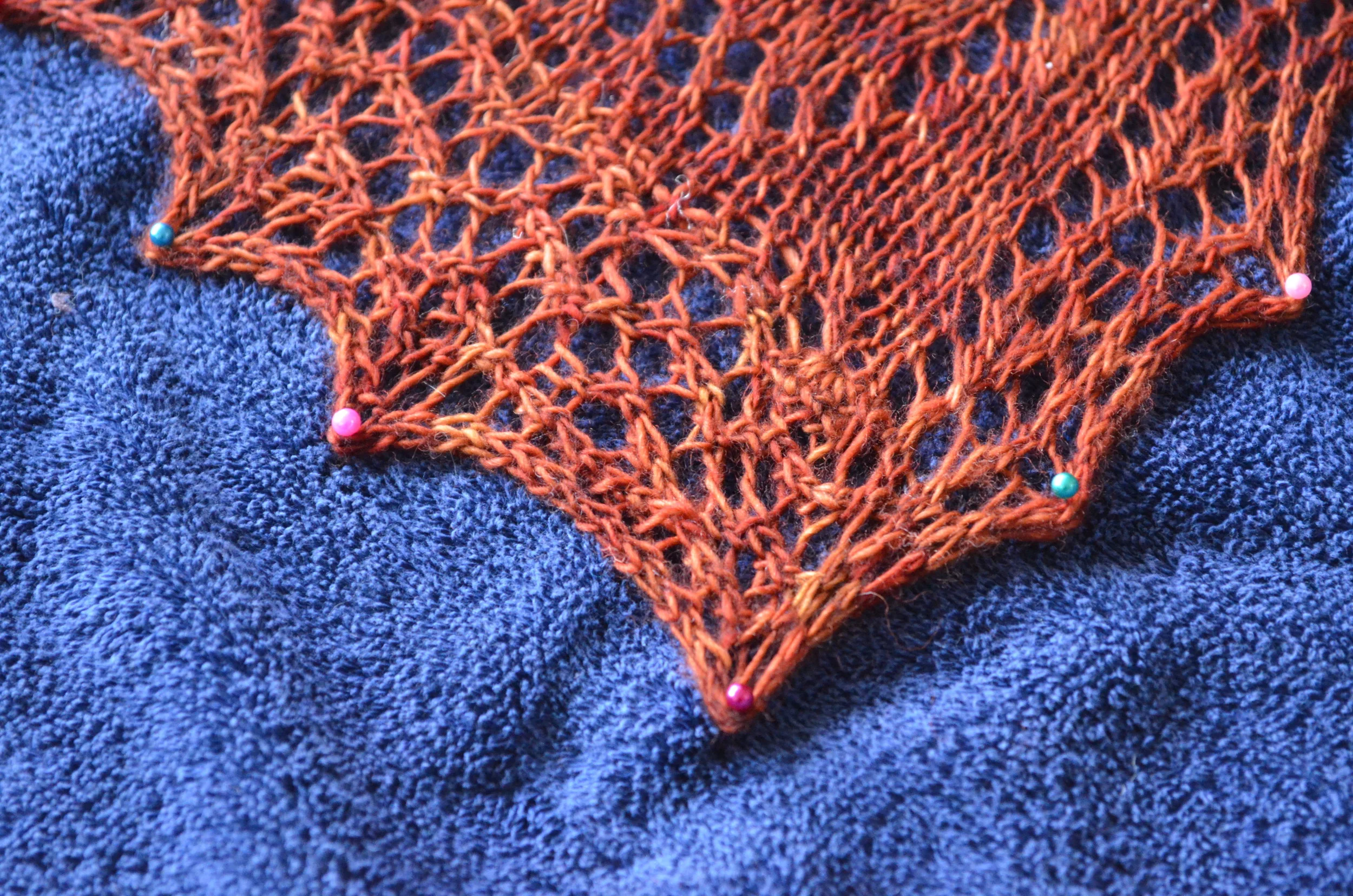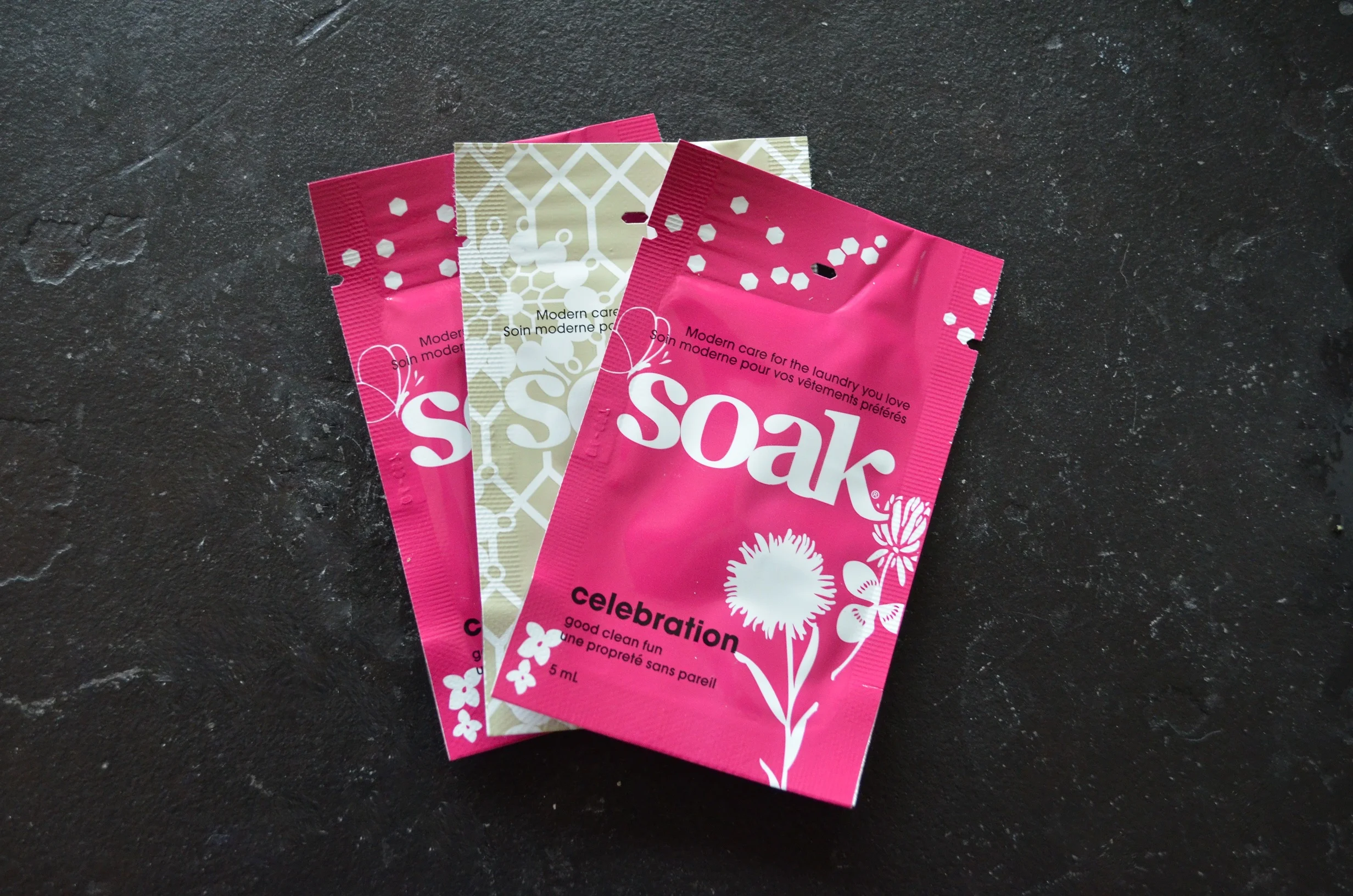Blocking - How To Do It
Earlier this week I wrote about why I block knit and woven items - and you should, too! This is a follow up with instructions about how I block. There are a billion tutorials on blocking online, so there are probably hundreds of ways to do it, but this is the system that works best for me.
I do not use expensive or fancy equipment for blocking. Eventually I will ask for the blocking mats as a gift, but for now I just use a towel pinned into the rug for large items and a small quilting mat for smaller items
Here's how I block:
1) Prepare a sink, bowl or other appropriately sized bin (the whole item needs to fit into it and be under water) by making sure it is clean while being careful not to use any harsh chemicals to clean it so that it does not ruin your piece (i.e., do NOT use bleach to clean your sink and then put your item into the sink as any left over bleach may mark your item). I use a basic plastic bin so I only have to rinse it out with water.
2) Pour a small amount of softening soap into your sink or bin. I use Soak Wash as a soap, but I hear that other people use a small amount of dish soap or laundry detergent. I like Soak because you do not have to wash it out.
3) Fill up your sink or bin with water. Make sure not to fill it all the way to the top as the water will rise when the item is placed into it.
4) Place your item into the prepared water and wait 15 - 20 minutes.
5) Gently remove the item from the water and let water run out. I like to support the item on the bottom so it does not stretch. Do NOT ring the item.
6) Have a towel placed on the floor. Carefully place your item on the towel and roll the towel with the item inside.
7) Gently step on the towel to get the water out of it. Unroll the towel.
8) Where to lay the piece: If you don't have a blocking mat or if your piece is very large, think about where you will put it to pin it before you start the process. Consider whether the dye in the yarn will bleed. If so, you may not want to put your red, blue, etc., knitted piece on your white bedspread or cream colored rug (also be careful with your towels!).
9) Follow the instructions in your pattern for what size to block your item. If it is a sweater, the pattern should instruct you as to what size each piece should be. If the item does not have a specific desired size, try to make it as straight as possible. Use a ruler or measuring tape to help. When you have the desired size, place pins along the edges of the item so that the item is secured to your blocking mat, rug, etc.
10) Leave the item there to dry. Watch out for cats as they like to lay on the item and can get their claws stuck in the item (I learned this the hard way). When your item is dry, remove the pins. Make sure you get them all out and pull your item gently so that it doesn't pull your item if there is still a pin stuck in it.
Here are a few basic items that you may find helpful for blocking:
How to block if fairly easy as long as your project isn't too difficult. I hope this helps!














